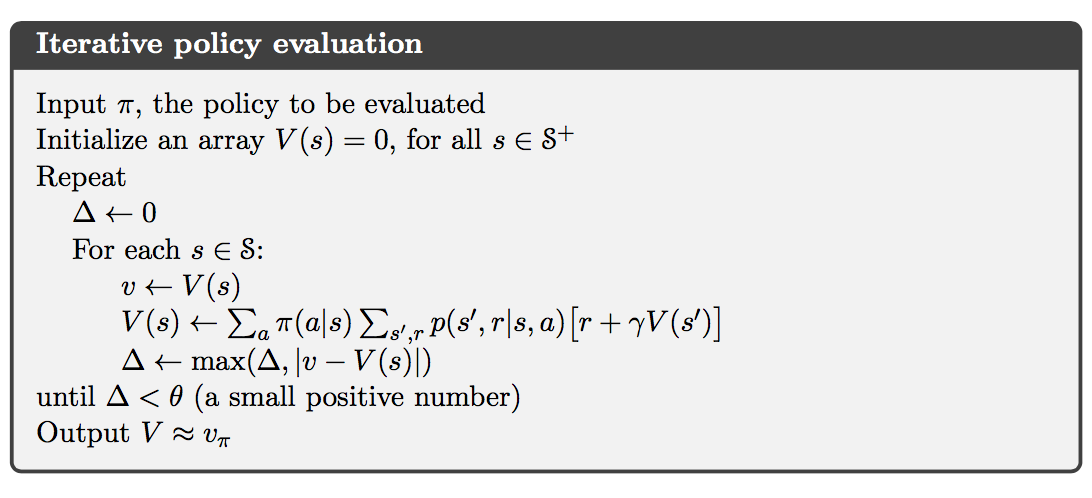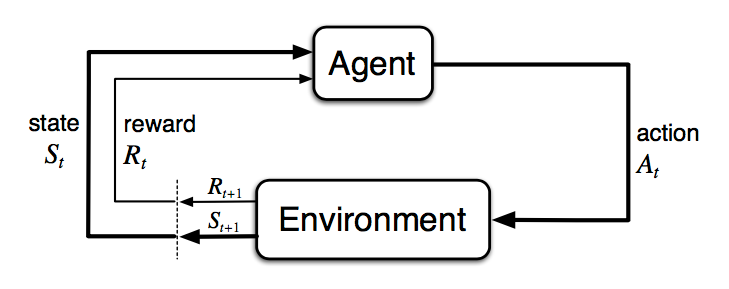This page is the public project page and will be updated every week.
Project Description
There are many infoboxes on wikipedia. Here is a example about football box:

As seen, every infobox has some properties. Actually, every infobox follows a certain template. In my project, the goal is to find mappings between the classes (eg. dbo:Person, dbo:City) in the DBpedia ontology and infobox templates on pages of Wikipedia resources using techniques of machine learning.
There are lots of infobox mappings available for a few languages, but not as many for other languages. In order to infer mappings for all the languages, cross-lingual knowledge validation should also be considered.
The main output of the project will be a list of new high-quality infobox-class mappings.


